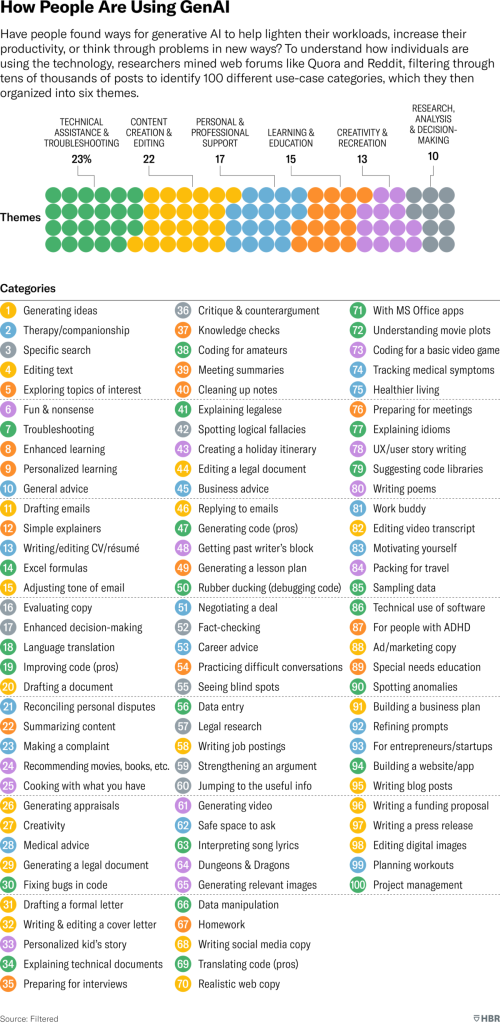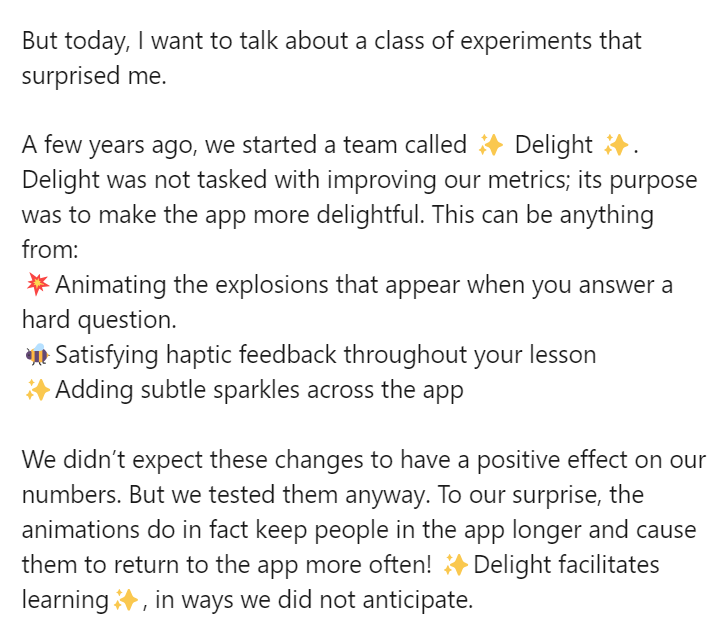It’s been a few years since I’ve taught a course in behavioral finance, but back when I used to teach it, one of the first few lectures would always be this excellent debate between Fama and Thaler:
The video is excellent for many reasons, here are some of them:
- It’s a good way to help students realize that the question (are markets efficient) is far from settled, one way or the other. Hey, if the Nobel prize winners can’t agree…
- There is a way to disagree. Disagreement need not mean that the other person is vile, evil or an idiot. It simply means that the other person has a different take than yours. And that’s fine. This is an important, and currently very underrated lesson.
- Regardless of which side of this debate you personally favor, there is much to learn by watching two experts express and defend their stance.
- Reasonable dialogue, the purpose of which is to arrive at a synthesis, is a worthy way to engage in debate. This is worth repeating: the purpose of a debate is not to win it, but for all sides to arrive at a happy medium. Medium need not mean agreement, but it certainly can (and should) mean acquiring an appreciation of the other’s viewpoint.
- Listening to two people debate is infinitely more entertaining, motivating and informative than listening to one person drone on for eternity
The reason I bring this up is because Pranay asked an excellent question on Twitter recently:
It is excellent (this tweet), not just because it helped me write this post, but because it received some excellent replies – please do go through them.
And while I am not sure if Pranay intended this, but it also serves as an excellent reminder that there are ways to have debates in public. Civil disagreement is possible, and when both parties engage in good faith, crucial and desirable. That is how society learns and moves forward – through debate, disagreement and dissent.
Speaking of which, here’s your word for the day: erisology.




